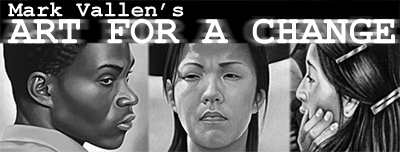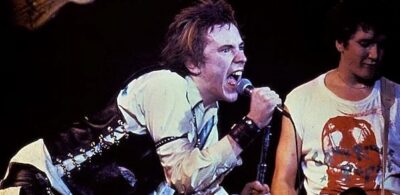Peace Tower at the Whitney Biennial
The Peace Tower is a powerful statement of protest. By constructing it outside the museum’s entrance for all to see, Mark and Rirkrit remain true to the spirit of the original. The tower gives us a chorus of artists’ voices in a public reminder that art is being made in a world that is, in the words of Antonin Artaud,…


